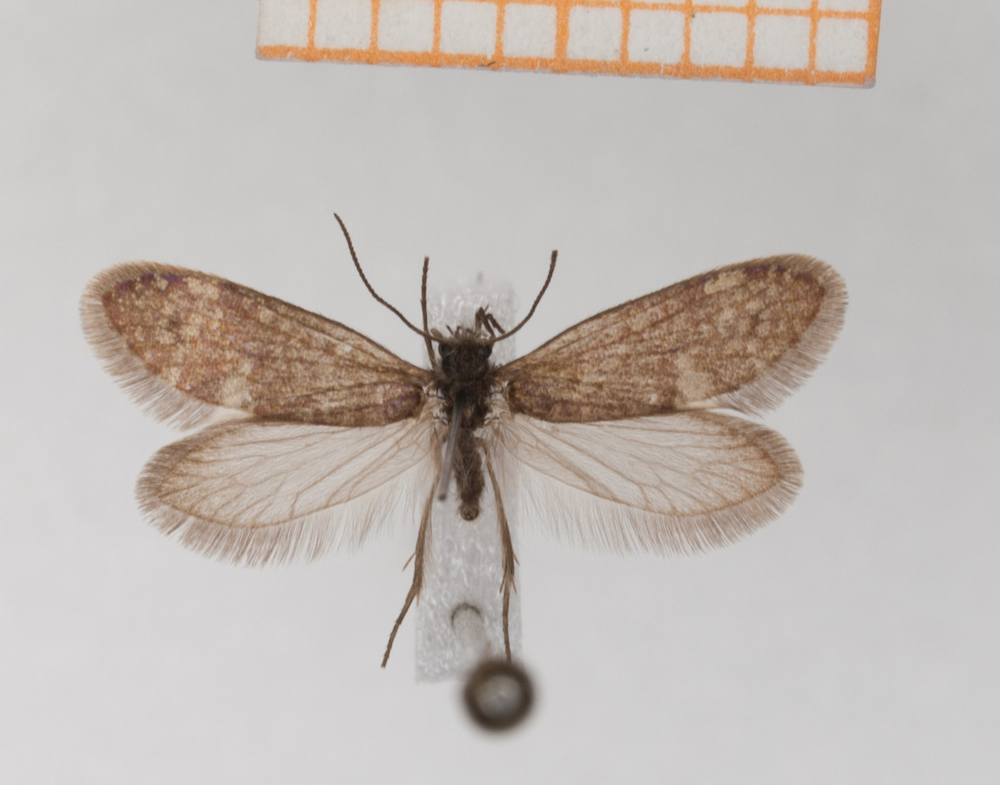The Oldest Butterflies on Earth Had No Flowers to Feed On
That's what scientists found after analyzing 70 fossils of wing scales and scale fragments unearthed in northern Germany. These 200-million-year-old fossils, which date to the Triassic-Jurassic boundary, are the oldest evidence on record of insects in the order Lepidoptera, the researchers said.
Some of the fossils share features with modern moths in the suborder Glossata, which have a straw-like proboscis that can suck up fluids like nectar. Given their complexity, and the time it would've taken to evolve to have such complex features, these fossils push the calculated age of glossatan moths back by about 70 million years to the Late Triassic "refuting ancestral association of the group with flowering plants," the researchers wrote in the study. [In Photos: Beautiful Butterflies of the American Deserts]
These days, glossatan moths depend on flowering plants, known as angiosperms, for food. But the world's first flower likely sprouted about 140 million years ago, according to a 2017 study in the journal Nature Communications. If angiosperms didn't exist when early lepidopterans did, it's likely that these flying insects instead fed on gymnosperms — flowerless, seed-producing plants, such as cycads — the researchers said.

If these ancient glossatan moths had proboscises, as their modern-day relatives do, perhaps they used these tubes to suck up pollination drops that gymnosperms produced, the researchers said.
"Similar to angiosperm nectar, the [gymnosperm] sugary droplets offered a high-energy nutritional source, which could attract adult glossatan moths and other Mesozoic proboscate flying insects," the researchers wrote in the study.
The lepidopterans appear to have changed their menu to angiosperms once flowering plants developed, the researchers added.
In addition, the researchers hypothesized why lepidopterans evolved to have a sucking proboscis in the first place, which replaced chewing mouthparts in earlier lineages. The Late Triassic was hot and arid, and lepidopterans may have developed proboscises as an "efficient technique to replenish lost moisture and survive desiccation stress," the researchers wrote in the study.
Sign up for the Live Science daily newsletter now
Get the world’s most fascinating discoveries delivered straight to your inbox.
The study was published online today (Jan. 10) in the journal Science Advances.
Original article on Live Science.

Laura is the archaeology and Life's Little Mysteries editor at Live Science. She also reports on general science, including paleontology. Her work has appeared in The New York Times, Scholastic, Popular Science and Spectrum, a site on autism research. She has won multiple awards from the Society of Professional Journalists and the Washington Newspaper Publishers Association for her reporting at a weekly newspaper near Seattle. Laura holds a bachelor's degree in English literature and psychology from Washington University in St. Louis and a master's degree in science writing from NYU.









